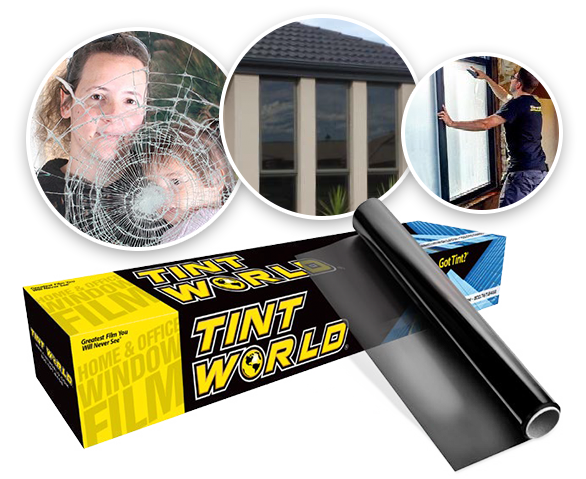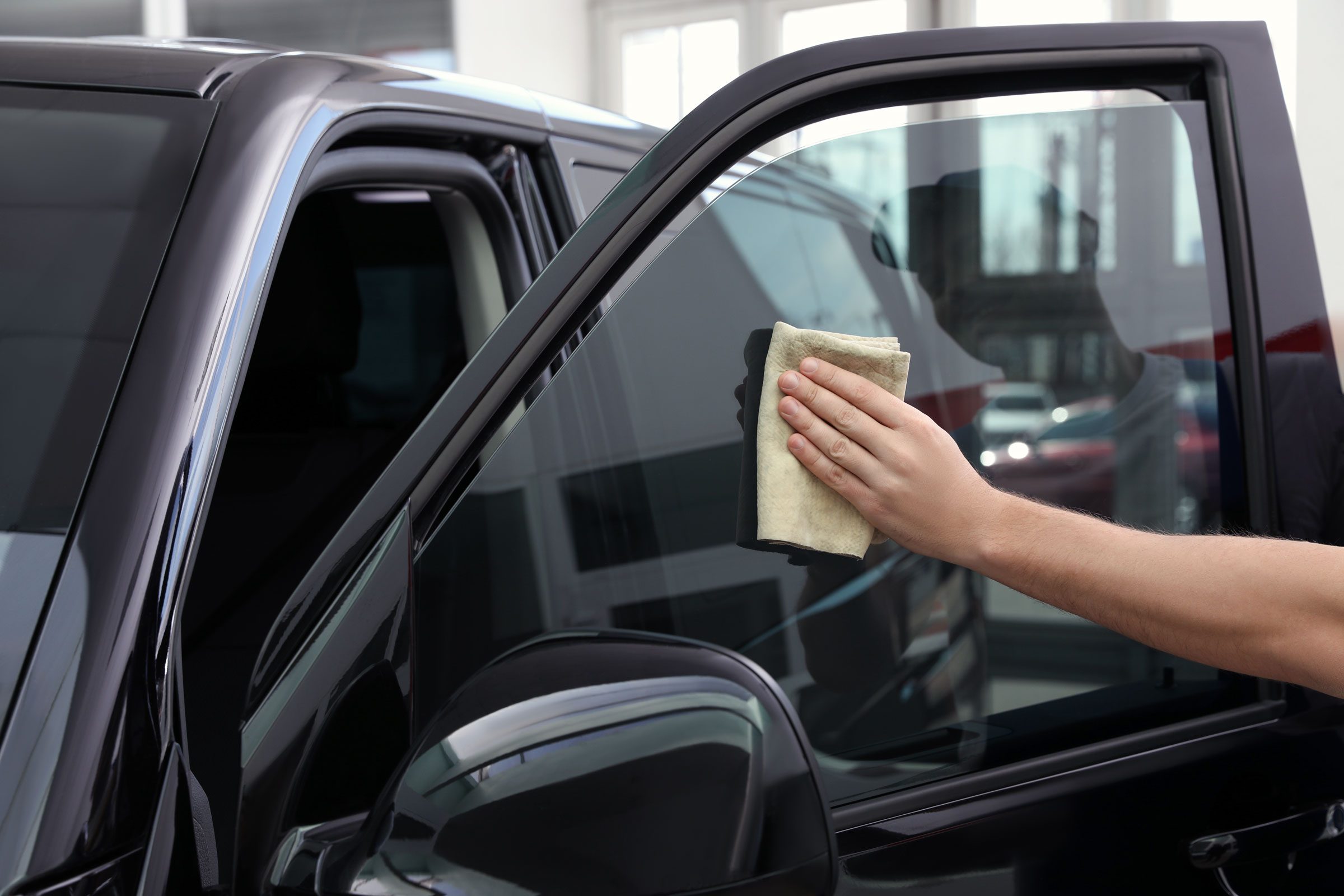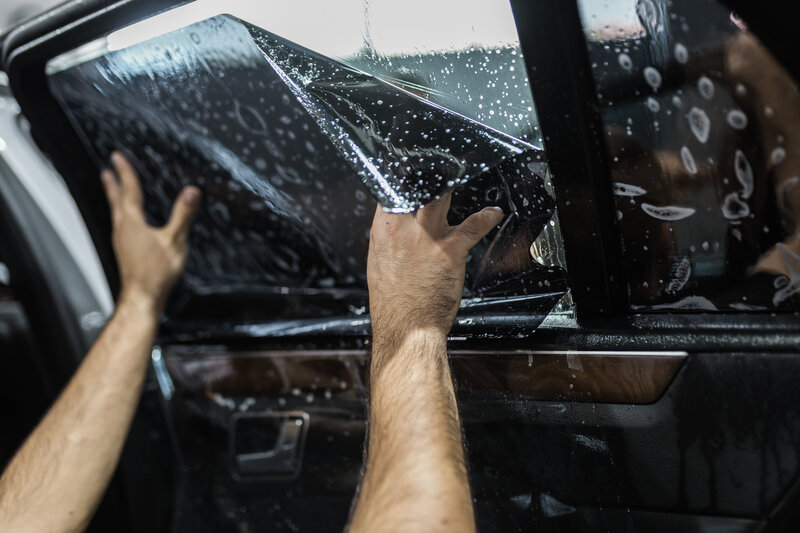Top Reasons to Pick Specialist Car Window Tinting Providers
Top Reasons to Pick Specialist Car Window Tinting Providers
Blog Article
Home Window Tinting Rules and Standards: What You Required to Know Prior To Tinting Your Cars And Truck
Before proceeding with window tinting for your lorry, it is vital to acquaint on your own with the diverse laws and guidelines that control this technique throughout various states. These laws determine the allowable degrees of tint darkness, commonly gauged by visible light transmission (VLT) percentages, and include particular specifications for front windscreens targeted at making certain road safety. In addition, particular territories might use medical exceptions for people with qualifying problems. Understanding these intricacies can save you from potential lawful implications, but what are the certain guidelines in your state?
Introduction of Home Window Tinting Regulations
Window tinting laws are regularly based on variation across different territories, mirroring regional laws and safety factors to consider. These laws determine the allowable degrees of tint darkness and reflectiveness on vehicle home windows, guaranteeing that chauffeurs keep sufficient exposure while additionally shielding versus damaging UV rays and warm.
Many regulations categorize window tinting based upon the Visible Light Transmission (VLT) percentage, which indicates the quantity of light that can travel through the home window. Generally, reduced VLT percentages represent darker tints. Legislations typically set apart in between the front, side, and rear home windows, with stricter constraints applied to the front windshield to boost safety and security for both the vehicle driver and other road users.
Compliance with window tinting regulations is crucial, as violations can result in fines, required elimination of the tint, and potential increases in insurance policy premiums. It is vital for car proprietors to familiarize themselves with neighborhood legislations before proceeding with window tinting setups.
State-by-State Color Regulations
Comprehending the particular home window tinting laws in each state is essential for automobile owners seeking to abide with the legislation. Each state in the united state has developed its own set of regulations controling window tinting, which can differ dramatically. These laws typically dictate the permitted levels of tint darkness, the kinds of windows that can be tinted, and any kind of clinical exceptions that might use.
For example, states like California have rigid limitations on tint darkness for front home windows, while others, such as New Mexico, might enable darker colors. In addition, specific states mandate certain visibility portions for numerous windows, consisting of the windshield, front side windows, and rear windows. It is critical for auto owners to familiarize themselves with their state's regulations to prevent prospective penalties or fines.
Furthermore, some states might require a qualification sticker label to be positioned on tinted home windows, suggesting conformity with state legislations. Failure to comply with these guidelines not just takes the chance of legal repercussions yet can additionally influence security and presence while driving. Car owners must conduct thorough research study or get in touch with regional authorities to make certain full understanding and compliance with state-by-state tint policies.
Allowed Tint Kinds and degrees
Several car owners might be shocked to find out that enabled tint levels and types differ widely throughout different states. Each state has actually established its very own laws regarding the permitted darkness and reflectivity of home window tint, frequently measured by Visible Light Transmission (VLT) percents. VLT refers to the quantity of light that can pass via the colored home windows; hence, a reduced percent indicates a darker color.

In addition, the kinds of color products allowed can vary, with some states forbiding metallic or mirror-like finishes. It is necessary for automobile owners to familiarize themselves with their state's specific legislations to make certain compliance. Non-compliance can result in penalties, obligatory removal of the color, or various other lawful effects, making it crucial to understand these guidelines prior to proceeding with installment.
Medical Exceptions for Tinting
While not all states give allowances for medical exemptions pertaining to window tinting, those that do identify the necessity for specific individuals to enhance visibility and convenience due to medical conditions. Different medical problems, such as lupus, skin cancer, and specific eye disorders, can provide individuals specifically sensitive to visit this site right here sunshine. These people may require darker tints to safeguard themselves from dangerous UV rays and glare.

It is very important to keep in mind that despite having a medical exemption, there might still be restrictions on the degree of tint allowed. Conformity with state laws makes certain that individuals are both protected and within legal limits. Those considering medical exemptions must contact their local Division of Electric motor Automobiles or comparable authority to recognize the treatments and needs needed to make an application for an exception properly.
Penalties for Non-Compliance
Failing to abide with window tinting regulations can cause significant charges, which vary by state. Police are empowered to issue citations for lorries that do not follow the defined tinting laws. These fines normally consist of fines, which can range from modest total up to several hundred bucks, depending upon the intensity of the violation and the state in inquiry.
In some territories, repeated offenses may cause escalating fines or additional penalties, such as mandatory court appearances. Moreover, non-compliance may require the elimination of unlawful tinting, frequently at the proprietor's cost. In severe instances, habitual offenders might deal with suspension of their car registration up until compliance is accomplished.
Additionally, insurance policy implications may emerge from obtaining several citations for window color violations. Insurance firms may see such offenses as an indication of riskier behavior, potentially leading to boosted costs or trouble in protection.
To avoid these charges, it is crucial for car proprietors to acquaint themselves with their regional home window tinting legislations and make sure that their vehicle complies (Window Tinting). This proactive approach not only avoids legal ramifications however likewise advertises road safety
Verdict

The majority of policies identify window tinting based on the Visible Light Transmission (VLT) percent, which suggests the quantity of light that can pass via the home window. Conformity with window tinting guidelines is critical, as offenses can result in fines, obligatory elimination of the tint, and prospective boosts in insurance costs.Comprehending the details window tinting guidelines in each find more information state is crucial for lorry owners looking for to comply with the regulation. These guidelines commonly dictate the permitted levels of color darkness, the types of windows that can be tinted, and any kind of medical exemptions that might apply.
For circumstances, states like California have rigorous limitations on tint darkness for front windows, while others, such as New Mexico, may permit darker colors.
Report this page